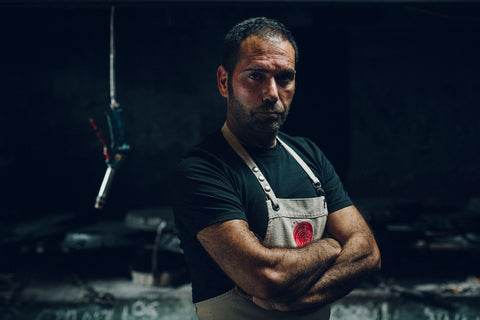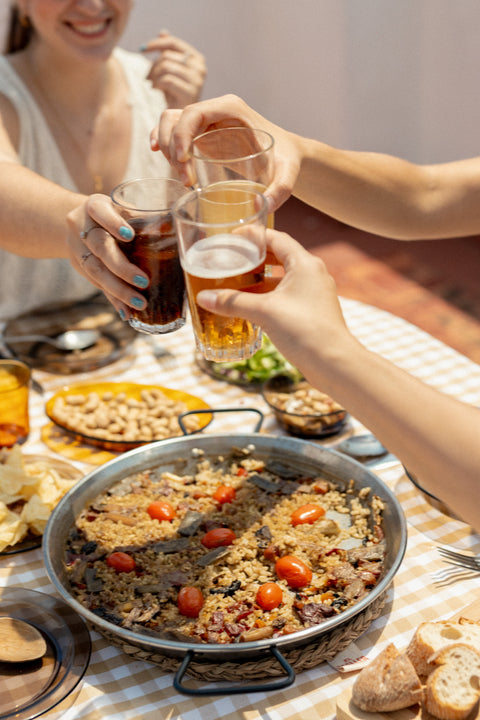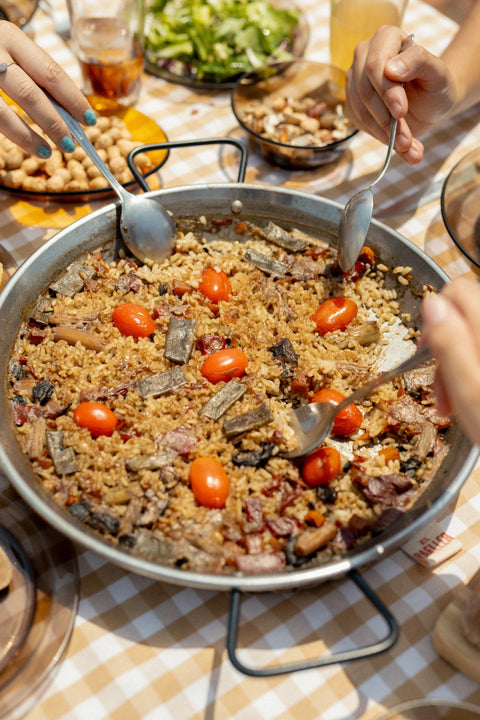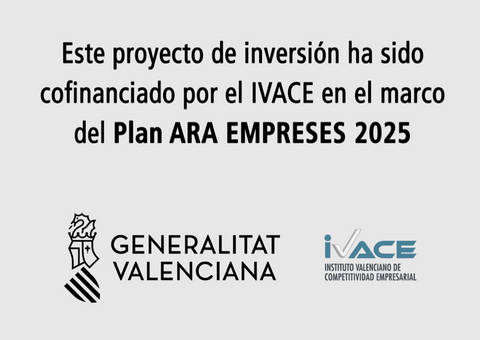To truly elevate the original version of Paella, it's essential to share the traditional recipe and its secrets—not so well-kept secrets, but often undervalued. We need to demystify the ingredients, processes, and techniques that continue to negatively impact this star dish of Valencian cuisine.
When they started cooking Paellas in the L'Albufera Natural ParkThere was no further dissemination of the recipe, which the experience of cooking alongside someone who knew the processGrandmothers, mothers and fathers taught their descendants how to cook our rice dishes, a pure oral tradition that ended up becoming part of our culture.
That's why we believe that part of our commitment to Paella involves providing answers for those who want to learn about the dish, so they can control each of the processes that make up our most traditional dish.
Rafa Margós shares what he learned from his father, the advice his grandmother taught him, and the keys to achieving the perfect Paella. From knowing what size paella pan should be, to getting the rice cooked to the exact point, including the technique for achieving the revered socarrat.
The size and portions of the Paella.
The size of the container is extremely important for the rice to turn out perfectly. Rafa Margós explains that the most important thing to know to determine the correct size is to be aware that The rice should completely cover the surface of the paella pan. And the thinner the layer of rice, the better.The more flavor it will be able to absorb, the more evenly the grain will cook.

How to get the rice cooked to the perfect point.
Our Master Paella Chef insists that for the grain to be loose, dry and whole, a good control the fire to evaporate the broth over time that rice needs. A key element is also... uniform distribution of riceWe must pour the rice and distribute it, and from there, The boiling broth will be responsible for keeping the rice spread over the entire surface.
But what happens if we run out of broth sooner than expected?
Too high a heat will cause the broth to evaporate faster than expected. This is a common problem that can be easily fixed. adding water graduallyThis does not affect the taste at all, since the water simply The water hydrates the grain and evaporates, leaving the flavor of the broth trapped in the rice. Proper evaporation of the broth, Rafa Margós points out, is essential. Even more so than the water-to-rice ratio.

Why is it so important to let the rice rest?
Once the paella is removed from the heat, the resting period begins. This waiting time allows all the flavors to meld, the rice to fully separate, and reach the desired texture. In a way, The paella continues to cook during the resting period.: As long as the grain does not drop below 65 degrees, it continues to cook and gelatinize.
The socarrat. The most glorious bite of the Paella.
The socarrat is the pinnacle of perfect rice. That thin, toasted, and crispy layer of rice that holds the most flavorful bite of paella. A unique Valencian caviar, which Rafa Margós explains to us in detail.
Our Master Paella Chef warns that it is This is the process that requires the most technical skill, as it demands experience and precision. so that the result is not burnt rice lacking the aromas and flavors typical of wood-fired paella.
This layer of glory is achieved at the last minute, provided the rice has released all its starch. To do this, The broth should be completely evaporated by minute 17. It is then that the oil from the sofrito that has remained on the surface of the Paella begins to sink to the bottom and when the heat is turned up to maximum, the rice fries with it. A key moment where the rice achieves an unparalleled texture and flavor.

A paella isn't the same without firewood. If you want to discover all the secrets of this plant-based fuel and ask our Master Paella Chef how he achieves absolute control over the fire, don't go too far.






